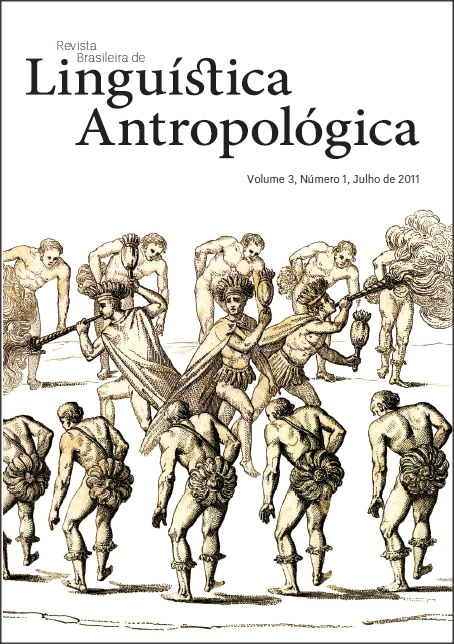A composição em Tupí
DOI:
https://doi.org/10.26512/rbla.v3i1.16232Abstract
As pessoas que, no Brasil, se têm dedicado ao estudo da língua Tupí, têm--se limitado, em geral, a travar conhecimento com uma série de vocábulos isoladosdo idioma indígena e, com esse material, a empreender a interpretaçãode antropônimos, topônimos, zoônimos, fitônimos, etc.References
Anchieta, Joseph de, Arte de Gramática da Língua mais Usada na Costa do Brasil, ed. da Bibl. Nacional do Rio de Janeiro, Rio, 1933.
Dall’Igna Rodrigues, Aryon, Compêndio de Gramática do Tupi Antigo, ms. inédito.
Figueira, Luís, Arte de Gramática da Língua Brasílica, ed. de E. Allain, Rio, 1880.
Marcgrave, Jorge, História Natural do Brasil, trad. de J. P. Magalhães, ed. do Museu Paulista, S. Paulo, 1942.
Piso, Guilherme, História Natural do Brasil Ilustrada, trad. de Alexandre Correia, S. Paulo, 1948.
Vocabulário na Língua Brasílica, manuscrito português-tupi do século XVII, coorde-nado e prefaciado por Plínio Ayrosa, S. Paulo, 1938.
Downloads
Published
Issue
Section
License
Authors who publish in RBLA agree to the following terms:
a) Authors maintain the copyright and grant the journal the right of first publication, and the work is simultaneously licensed under the Creative Commons Attribution License, which allows the sharing of the work with recognition of the authorship of the work and initial publication in this journal.
b) Authors are authorized to assume additional contracts separately, for non-exclusive distribution of the version of the work published in this journal (eg, publish in an institutional repository or as a book chapter), with recognition of authorship and initial publication in this journal.
c) Authors are allowed and encouraged to publish their work online (eg, in institutional repositories or on their personal page) at any point before or during the editorial process, as this can generate productive changes, as well as increase impact and citation of the published work.










